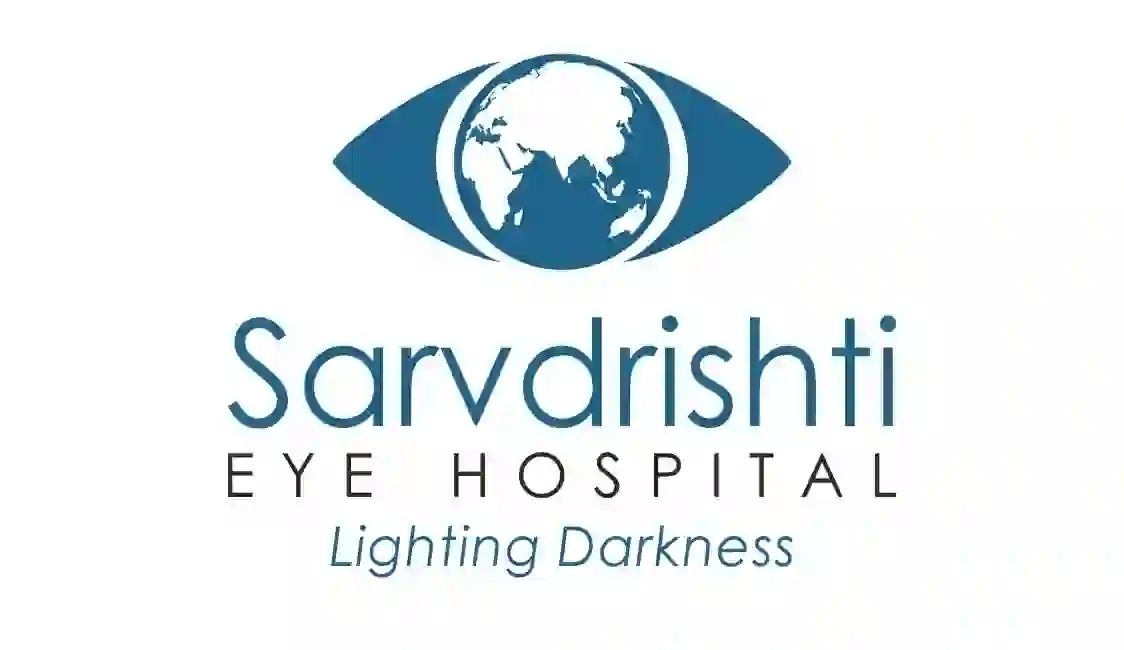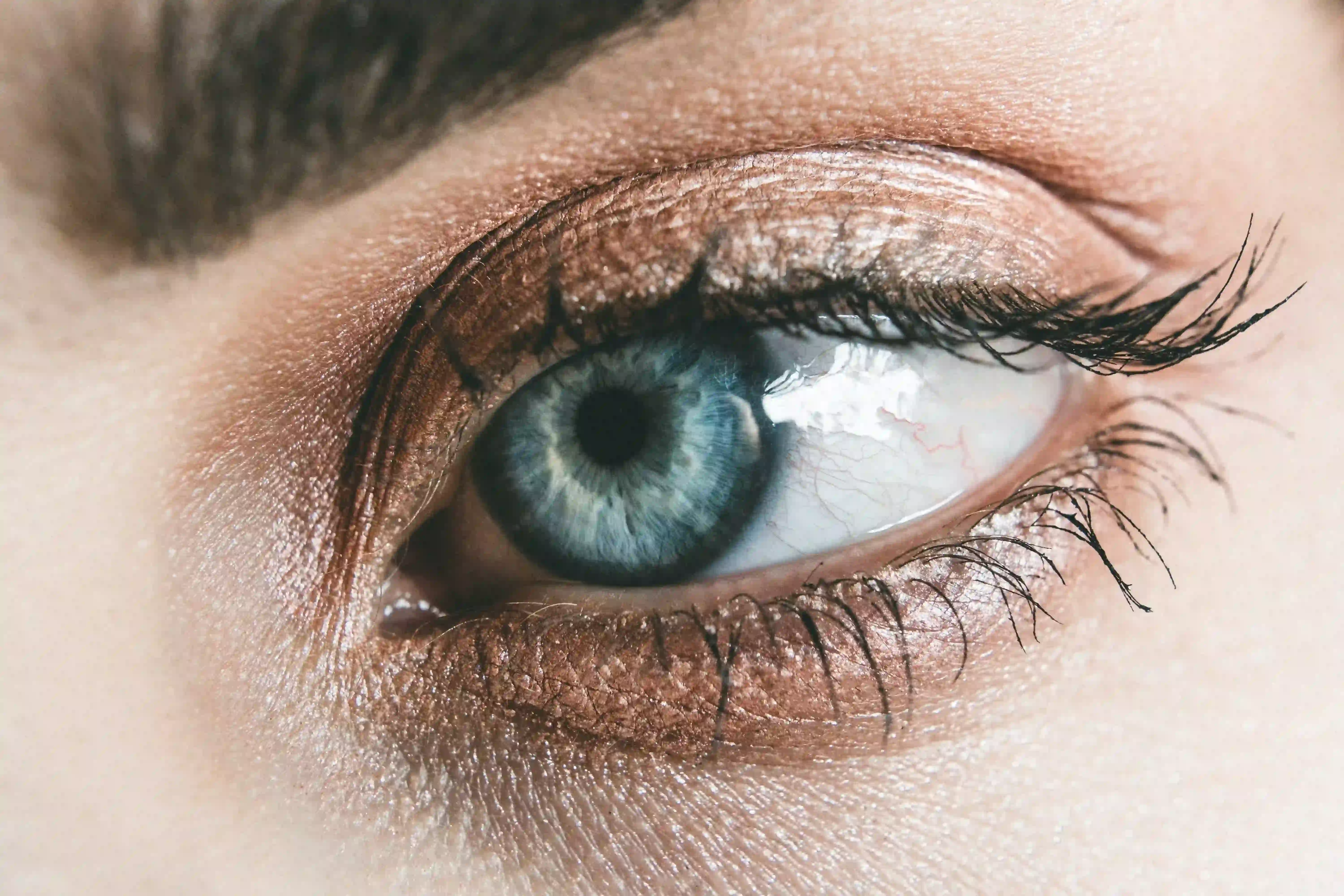Vision screenings using adequate testing equipment.
Early detection and treatment are crucial in managing glaucoma. Regular
comprehensive eye exams, including tonometry to measure IOP, visual field
testing, and optic nerve evaluation, are essential for diagnosis. Treatment
options often involve medications (eye drops or oral), laser procedures (such as
trabeculoplasty or iridotomy), or surgery (trabeculectomy or drainage implants)
to lower IOP and prevent further optic nerve damage..
Although glaucoma cannot be cured, timely intervention can help slow its
progression and preserve remaining vision. Therefore, it is important for
individuals at risk, such as those with a family history of glaucoma or advanced
age, to undergo regular eye screenings to detect and manage glaucoma
effectively.










